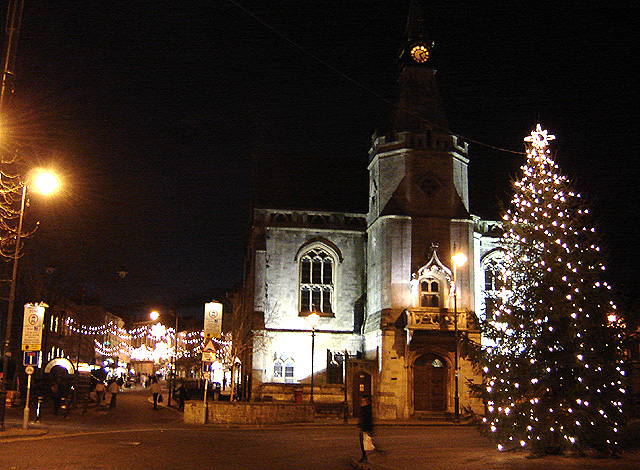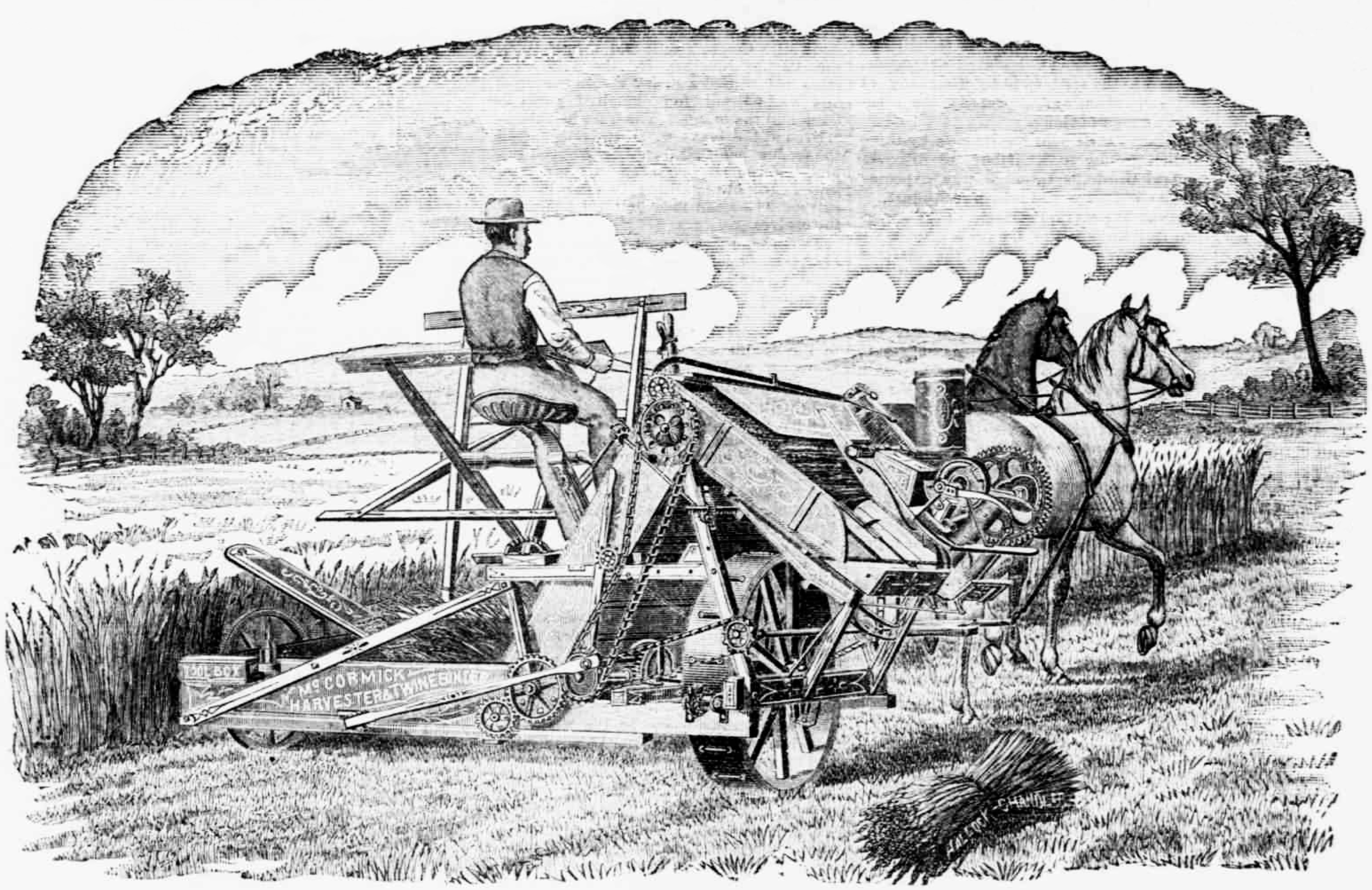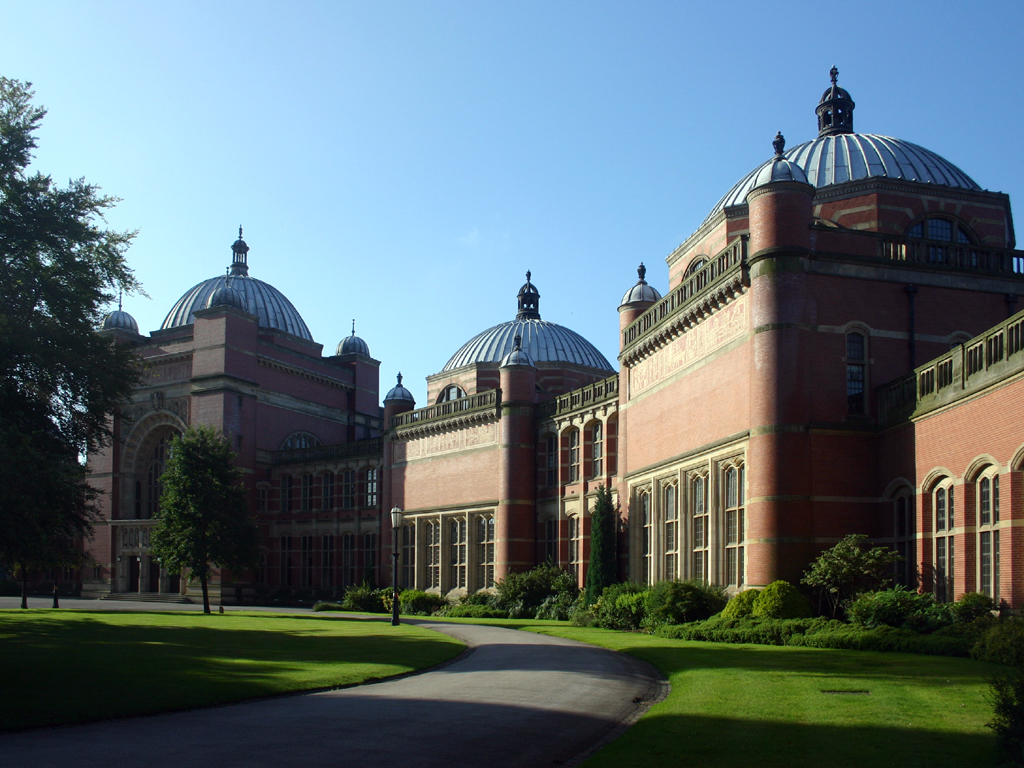|
Cornhill Corn Exchange, Banbury
The Cornhill Corn Exchange was a commercial building in the Market Place, Banbury, Oxfordshire, England. The façade of the building, which has been preserved and now forms an entrance to a shopping centre, is a Grade II listed building. History In the early 1850s, a group of local businessmen formed the Banbury Corn Exchange Company, to finance and commission a corn exchange for the town. The site they selected was in the northeast corner of the Market Place in an area known as Cornhill. The group received political support from the Conservative councillors and their building was financed by Gilletts Bank. The new building was designed by William Hill of Leeds, built by Messrs Kimberly of Banbury in ashlar stone and was officially opened on 3 September 1857. The design involved a symmetrical main frontage of five bays facing onto the Market Place. The central section of the three bays featured tall round headed openings with architraves and keystones on the ground floor, an ... [...More Info...] [...Related Items...] OR: [Wikipedia] [Google] [Baidu] |
Banbury
Banbury is a historic market town on the River Cherwell in Oxfordshire, South East England. It had a population of 54,335 at the 2021 Census. Banbury is a significant commercial and retail centre for the surrounding area of north Oxfordshire and southern parts of Warwickshire and Northamptonshire which are predominantly rural. Banbury's main industries are motorsport, car components, electrical goods, plastics, food processing and printing. Banbury is home to the world's largest coffee-processing facility ( Jacobs Douwe Egberts), built in 1964. The town is famed for Banbury cakes, a spiced sweet pastry dish. Banbury is located north-west of London, south-east of Birmingham, south-east of Coventry and north-west of Oxford. History Toponymy The name Banbury may derive from "Banna", a Saxon chieftain said to have built a stockade there in the 6th century (or possibly a byname from ang, bana meaning ''felon'', ''murderer''), and / meaning ''settlement''. In Anglo Saxo ... [...More Info...] [...Related Items...] OR: [Wikipedia] [Google] [Baidu] |
Pediment
Pediments are gables, usually of a triangular shape. Pediments are placed above the horizontal structure of the lintel, or entablature, if supported by columns. Pediments can contain an overdoor and are usually topped by hood moulds. A pediment is sometimes the top element of a portico. For symmetric designs, it provides a center point and is often used to add grandness to entrances. The tympanum, the triangular area within the pediment, is often decorated with a pedimental sculpture which may be freestanding or a relief sculpture. The tympanum may hold an inscription, or in modern times, a clock face. Pediments are found in ancient Greek architecture as early as 600 BC (e.g. the archaic Temple of Artemis). Variations of the pediment occur in later architectural styles such as Classical, Neoclassical and Baroque. Gable roofs were common in ancient Greek temples with a low pitch (angle of 12.5° to 16°). History The pediment is found in classical Greek templ ... [...More Info...] [...Related Items...] OR: [Wikipedia] [Google] [Baidu] |
Grade II Listed Buildings In Oxfordshire
Grade most commonly refers to: * Grade (education), a measurement of a student's performance * Grade, the number of the year a student has reached in a given educational stage * Grade (slope), the steepness of a slope Grade or grading may also refer to: Music * Grade (music), a formally assessed level of profiency in a musical instrument * Grade (band), punk rock band * Grades (producer), British electronic dance music producer and DJ Science and technology Biology and medicine * Grading (tumors), a measure of the aggressiveness of a tumor in medicine * The Grading of Recommendations Assessment, Development and Evaluation (GRADE) approach * Evolutionary grade, a paraphyletic group of organisms Geology * Graded bedding, a description of the variation in grain size through a bed in a sedimentary rock * Metamorphic grade, an indicatation of the degree of metamorphism of rocks * Ore grade, a measure that describes the concentration of a valuable natural material in the surroundin ... [...More Info...] [...Related Items...] OR: [Wikipedia] [Google] [Baidu] |
Commercial Buildings Completed In 1857
Commercial may refer to: * a dose of advertising conveyed through media (such as - for example - radio or television) ** Radio advertisement ** Television advertisement * (adjective for:) commerce, a system of voluntary exchange of products and services ** (adjective for:) trade, the trading of something of economic value such as goods, services, information or money * Two functional constituencies in elections for the Legislative Council of Hong Kong: **Commercial (First) **Commercial (Second) * ''Commercial'' (album), a 2009 album by Los Amigos Invisibles * Commercial broadcasting * Commercial style or early Chicago school, an American architectural style * Commercial Drive, Vancouver, a road in Vancouver, British Columbia, Canada * Commercial Township, New Jersey, in Cumberland County, New Jersey See also * * Comercial (other), Spanish and Portuguese word for the same thing * Commercialism Commercialism is the application of both manufacturing and consumption to ... [...More Info...] [...Related Items...] OR: [Wikipedia] [Google] [Baidu] |
Corn Exchanges In England
Corn exchanges are distinct buildings which were originally created as a venue for corn merchants to meet and arrange pricing with farmers for the sale of wheat, barley, and other corn crops. The word "corn" in British English denotes all cereal grains, such as wheat and barley. With the repeal of the Corn Laws in 1846, a large number of corn exchanges were built in England, particularly in the corn-growing areas of Eastern England. However, with the fall in price of English corn as a result of cheap imports, corn exchanges mostly ceased to be built after the 1870s. Increasingly they were put to other uses, particularly as meeting and concert halls. Many found a new lease of life in the early 20th century as cinemas. Following the Second World War, many could not be maintained, and they were demolished. In the 1970s their architectural importance came to be appreciated, and most of the surviving examples are listed buildings. Most of the surviving corn exchanges have now been rest ... [...More Info...] [...Related Items...] OR: [Wikipedia] [Google] [Baidu] |
Great Depression Of British Agriculture
The Great Depression of British Agriculture occurred during the late nineteenth century and is usually dated from 1873 to 1896. Contemporaneous with the global Long Depression, Britain's agricultural depression was caused by the dramatic fall in grain prices that followed the opening up of the American prairies to cultivation in the 1870s and the advent of cheap transportation with the rise of steamships. British agriculture did not recover from this depression until after the Second World War. Other countries in Western Europe such as the Netherlands experienced the same agricultural crisis (1878–1895) as a result of the market being flooded by cheap grain from the United States and Canada.Encarta-encyclopedie Winkler Prins (1993–2002) s.v. "landbouwpolitiek § geschiedenis", "Leeuwarden §3. geschiedenis". Microsoft Corporation/Het Spectrum. Background In 1846 Parliament repealed the Corn Laws, which had imposed a tariff on imported grain, and thereby ''de facto'' inst ... [...More Info...] [...Related Items...] OR: [Wikipedia] [Google] [Baidu] |
Midland Bank
Midland Bank Plc was one of the Big Four banking groups in the United Kingdom for most of the 20th century. It is now part of HSBC. The bank was founded as the Birmingham and Midland Bank in Union Street, Birmingham, England in August 1836. It expanded in the Midlands, absorbing many local banks, and merged with the Central Bank of London Ltd. in 1891, becoming the London City and Midland Bank. After a period of nationwide expansion, including the acquisition of many smaller banks, the name Midland Bank Ltd was adopted in 1923. By 1934, it was the largest deposit bank in the world. It was listed on the London Stock Exchange, and was once a constituent of the FTSE 100 Index, but in June 1992, it was taken over by HSBC Holdings plc, which phased out the Midland Bank name by June 1999 in favour of HSBC Bank. On 10 June 2015, HSBC announced that it would be rebranding its branches in the United Kingdom. HSBC chairman Douglas Flint described the Midland brand as "odds on favourite" ... [...More Info...] [...Related Items...] OR: [Wikipedia] [Google] [Baidu] |
Renaissance Architecture
Renaissance architecture is the European architecture of the period between the early 15th and early 16th centuries in different regions, demonstrating a conscious revival and development of certain elements of ancient Greek and Roman thought and material culture. Stylistically, Renaissance architecture followed Gothic architecture and was succeeded by Baroque architecture. Developed first in Florence, with Filippo Brunelleschi as one of its innovators, the Renaissance style quickly spread to other Italian cities. The style was carried to Spain, France, Germany, England, Russia and other parts of Europe at different dates and with varying degrees of impact. Renaissance style places emphasis on symmetry, proportion, geometry and the regularity of parts, as demonstrated in the architecture of classical antiquity and in particular ancient Roman architecture, of which many examples remained. Orderly arrangements of columns, pilasters and lintels, as well as the use of semici ... [...More Info...] [...Related Items...] OR: [Wikipedia] [Google] [Baidu] |
Liberal Party (UK)
The Liberal Party was one of the two Major party, major List of political parties in the United Kingdom, political parties in the United Kingdom, along with the Conservative Party (UK), Conservative Party, in the 19th and early 20th centuries. Beginning as an alliance of Whigs (British political party), Whigs, free trade–supporting Peelites and reformist Radicals (UK), Radicals in the 1850s, by the end of the 19th century it had formed four governments under William Ewart Gladstone, William Gladstone. Despite being divided over the issue of Irish Home Rule Movement, Irish Home Rule, the party returned to government in 1905 and won a landslide victory in the 1906 United Kingdom general election, 1906 general election. Under Prime Minister of the United Kingdom, prime ministers Henry Campbell-Bannerman (1905–1908) and H. H. Asquith (1908–1916), the Liberal Party passed Liberal welfare reforms, reforms that created a basic welfare state. Although Asquith was the Leader of t ... [...More Info...] [...Related Items...] OR: [Wikipedia] [Google] [Baidu] |
Nikolaus Pevsner
Sir Nikolaus Bernhard Leon Pevsner (30 January 1902 – 18 August 1983) was a German-British art historian and architectural historian best known for his monumental 46-volume series of county-by-county guides, '' The Buildings of England'' (1951–74). Life Nikolaus Pevsner was born in Leipzig, Saxony, the son of Anna and her husband Hugo Pevsner, a Russian-Jewish fur merchant. He attended St. Thomas School, Leipzig, and went on to study at several universities, Munich, Berlin, and Frankfurt am Main, before being awarded a doctorate by Leipzig in 1924 for a thesis on the Baroque architecture of Leipzig. In 1923, he married Carola ("Lola") Kurlbaum, the daughter of distinguished Leipzig lawyer Alfred Kurlbaum. He worked as an assistant keeper at the Dresden Gallery between 1924 and 1928. He converted from Judaism to Lutheranism early in his life. During this period he became interested in establishing the supremacy of German modernist architecture after becoming aware of ... [...More Info...] [...Related Items...] OR: [Wikipedia] [Google] [Baidu] |
Ceres (mythology)
In ancient Roman religion, Ceres ( , ) was a goddess of agriculture, grain crops, fertility and motherly relationships.Room, Adrian, ''Who's Who in Classical Mythology'', p. 89-90. NTC Publishing 1990. . She was originally the central deity in Rome's so-called plebeian or Aventine Triad, then was paired with her daughter Proserpina in what Romans described as "the Greek rites of Ceres". Her seven-day April festival of Cerealia included the popular '' Ludi Ceriales'' (Ceres' games). She was also honoured in the May '' lustratio'' of the fields at the Ambarvalia festival, at harvest-time, and during Roman marriages and funeral rites. She is usually depicted as a mature woman. Ceres is the only one of Rome's many agricultural deities to be listed among the Dii Consentes, Rome's equivalent to the Twelve Olympians of Greek mythology. The Romans saw her as the counterpart of the Greek goddess Demeter,''Larousse Desk Reference Encyclopedia'', The Book People, Haydock, 1995, p. ... [...More Info...] [...Related Items...] OR: [Wikipedia] [Google] [Baidu] |
Tympanum (architecture)
A tympanum (plural, tympana; from Greek and Latin words meaning "drum") is the semi-circular or triangular decorative wall surface over an entrance, door or window, which is bounded by a lintel and an arch. It often contains pedimental sculpture or other imagery or ornaments. Many architectural styles include this element. Alternatively, the tympanum may hold an inscription, or in modern times, a clock face. History In ancient Greek, Roman and Christian architecture, tympana of religious buildings often contain pedimental sculpture or mosaics with religious imagery. A tympanum over a doorway is very often the most important, or only, location for monumental sculpture on the outside of a building. In classical architecture, and in classicising styles from the Renaissance onwards, major examples are usually triangular; in Romanesque architecture, tympana more often has a semi-circular shape, or that of a thinner slice from the top of a circle, and in Gothic architecture they ... [...More Info...] [...Related Items...] OR: [Wikipedia] [Google] [Baidu] |


.jpg)



.png)


